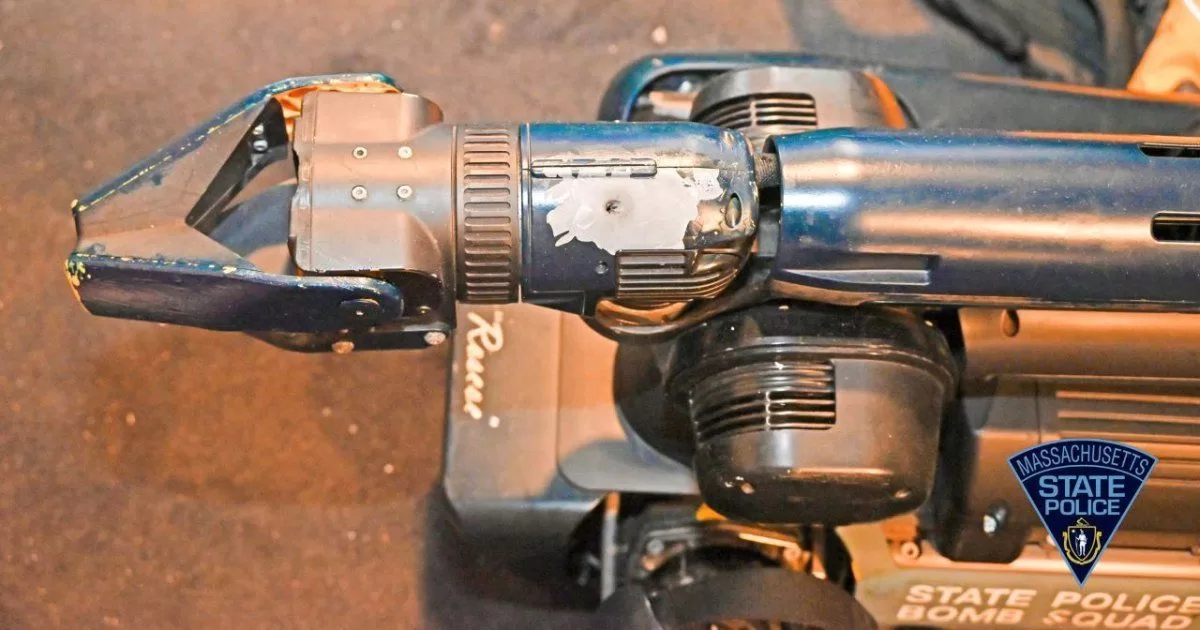Brazilian and British scientists have discovered a new way to recycle plastic coffee pods. Today, “espresso waste” is rarely recycled in Brazil, but the new strategy will allow it to become raw material for the manufacture of filaments intended for 3D printing, for example. This is what the study published in the scientific journal ACS Sustainable Chemistry & Engineering.
The reuse of coffee capsules is usually punctual, as most packaging prevents their reuse. The exception are those made with better quality materials, where the user himself “refills” the powder. Other than that, some manufacturers develop recycling programs for versions made of aluminum, but most of the time they go to waste and end up in landfills.
Importance of recycling and the economy
Incorrect disposal goes against the needs of the circular economy, where as much waste generated by one industry as possible must be reused by another. The issue is even more important when waste does not decompose easily in the environment, as is the case with coffee capsules.
In another survey, scientists from the Technological Research Institute (IPT) demonstrated that “drinking a capsule coffee can be up to 14 times more harmful to the environment than ‘passing’ it through a paper strainer”. However, this problem can be revised with the new strategy.
In another line of reasoning, a Canadian survey supports the idea that capsules are the most ecological fear of preparing coffee, as long as the consumer pays attention to the issue of recycling. The problem is that recycling may not always be available.
How can the coffee capsule be recycled?
“The polymeric base obtained from used (coffee) capsules can generate devices with high added value”, says Bruno Campos Janegitz, coordinator of the Laboratory of Sensors, Nanomedicine and Nanostructured Materials (LSNano) at UFSCar, and co-author of the study, for the FAPESP Agency. In theory, this stimulates interest in recycling.
In the study, “we produced new filaments, conductors and non-conductors, using polylactic acid polymer (PLA) from coffee capsules”, details Janegitz. “These filaments can be used for the most diverse applications, including conductive parts for machines and sensors”, he adds.
What processes are needed to transform the capsule?
In practice, the process that will originate the new filaments will depend on whether or not they are conductors, according to Janegitz:
- To obtain the non-conductive material, it is only necessary to wash and dry the PLA capsules, followed by extrusion in a hot system;
- For the conductive material, you also need to wash and dry all the material. However, before heating and extrusion, it is necessary to add carbon black – a form of paracrystalline carbon. Then, the extruded material is cooled and wound, giving rise to filaments.
In the research process, which received support from FAPESP, researchers from the Federal University of São Carlos (UFSCar), State University of Campinas (Unicamp) and Manchester Metropolitan (United Kingdom) contributed.
Source: ACS Sustainable Chemistry & Engineering e FAPESP Agency






